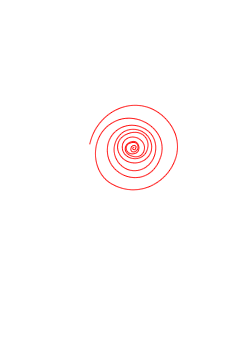I've been trying to self teach QFT lately. I find that the basic physical idea makes sense, and I can keep up with the mathematical formalism without too much trouble, but I'm having trouble connecting the two.
It is usually said that QFT is necessary because particles can appear and disappear, and so rather than treat a particle as a basic entity as in non-relativistic QM, we instead have a field, and particles are excitations or quanta in that field. In the canonical formalism, the field is a field of operators which creates and destroys particles. For example, if we have a real scalar field $\phi$, then we know that its Fourier components $a_\mathbf{p}$ and $a_\mathbf{p}^\dagger$ act on the vacuum as $a_\mathbf{p}^\dagger |0\rangle = |\mathbf{p}\rangle$. Also, if in the Schrödinger picture $\phi$ is independent of time, that is, $\phi=\phi(\mathbf{x})$, then in the Heisenberg picture we can get time dependence as $\phi(x) = e^{-iHt}\phi(\mathbf{x})e^{iHt} = e^{-ipx}\phi(0)e^{ipx}$.
Looking at the last expression, I don't see how the particles come into play. It seems to me that the current state of the world is "encoded" in the kets, so for example if we have two particles with momentum $\mathbf{p_1}$ and $\mathbf{p_2}$, the state is $|\mathbf{p_1}\ \mathbf{p_2}\rangle$. But it seems that the time evolution of the field depends only on the Hamiltonian and not on (for example) the number of particles. Is this true? If it is, then how does that statement "particles are excitations in a quantum field" translate into the formalism?
Perhaps more simply: is the field any different if we have one particle or if we have two particles?


